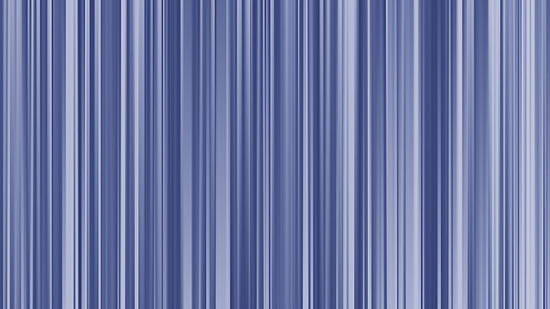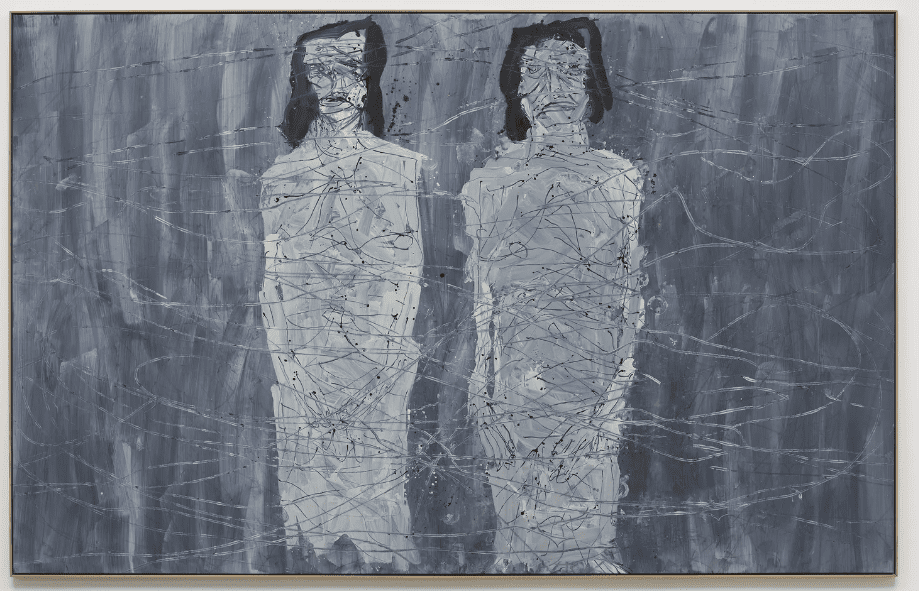Electronic music is now more ubiquitous than schoolboy garage rock bands ever were.
And where schoolboy garage bands once plagued their classmates into spending Saturday evenings at church halls and community centres listening to strained variations of 'Wild Thing'; electronica can sound completely slick and professional without ever having to solve musical conundra such as drummers without transportation or gigs turning out as desultory sausagefests.
2011's equivalent of the C-60 cassette sold at the end of the gig, is the digital download hawked on Juno, the wheedling sales pitch delivered via FaceBook and Soundcloud.
Yeah, yeah. Change the record Keenan, how many more intros do you really think you can get out of this grumpy nostalgia rant anyway?
Ok, to change tack somewhat, and get to the actual point. How do we assign value to a piece of music now? How, in the fragmented world of music in the twenty-first century, do we decide if something is good, if it is hackneyed, or if it is just plain bad? We're probably freer now than we ever were in the history of recorded music to make our own decisions, based purely on the subjective parameters of whether we actually like the music or not.
Most of us, certainly those of us who read Trebuchet reviews, would argue that these were the only parameters we ever used anyway. Very few music lovers like to face the possibility that the music we listen to came to our ears via a sequence of events involving peer pressure, marketing, vanity, herd instinct; or the equally contrived conscious rejection of all the aforementioned.
We're probably freer now than we ever were in the history of recorded music to make our own decisions
Why exactly we should be so determined to assert our independence of mind in musical taste is difficult to establish. In visual art subjective opinion has long been the subject of mockery: 'I don't know much about art, but I know what I like' (or variations thereon) is treated as the hallmark of the ignorant. Credibility is established through consensus, and endorsed by auction success. The music industry tends toward the opposite – mainstream success consigns any piece of music, regardless of artistic merit or intention, to the status of the Athena poster or the pool-playing dogs.
But often, subjective taste is all we have to go on. Yann Novak's Presence is forty-eight minutes of droning ambience which, by parameters not entirely appropriate to music, visual art or drama, is just obviously good. There are probably a few compelling arguments as to why this is so, but they could easily be dismissed by anyone with the willingness to do so. Ambient Electronica abounds, there is more of it released in a week than could be held by the entire cd rack of a decent provincial library, and a lot of it sounds, well…. A lot of it sounds… not bad actually. Presence though, sounds better than that.
Ambient Electronica abounds, there is more of it released in a week than could be held by the entire cd rack of a decent provincial library
Some of it (the album is a single track, which progresses through different moods and states) could be taken for one of those time-stretched recordings of Justin Bieber that were doing the rounds some months ago. There is the same strained repetition in some of the recurring breathy pulses that could just turn out to be high-hat beats when played at their original speed. This is guesswork though, they could be programmed that way.
Novak gives little of his sound-processing methods away, instead pressing the narrative that the original field recordings came from a sound performance event in June 2010 at the Torrance Art Museum, California. How much of that matters though, is a sticky point. The album is released as a sound recording, and it is that recording which is under review, not the visuals or performances which accompany it.
That event involved taking recordings of sounds which 'altered one's perceptions' using a mobile phone, the sound files later processed to form the sonic backbone of the album. It's pretentious stuff indeed, or 'high-concept', depending on your levels of skepticism, cynicism or tolerance for the vocabulary of California-based artistic types. But it's also damned fine ambient music, managing to evoke that alpha-wave deep immersion that typifies the best of the genre, without ever resorting to the crowd-pleasing antics that often ruin such offerings (everything from the ubercliche of distant thunderstorms to the more recent use of obtuse dissonant harmonics and heavy-handed stereo panning).
The sleevenotes offer the advice that the record should be listened to 'at a relatively low volume'. Interesting. There is much subtle detail that could be lost to too quiet a reproduction, certainly the top-end flitting motifs that periodically dominate. Mid-range melodies ghost in and out regularly too, although if there is anything to be pointed at in the record as being a bit obvious, it is these organlike themes which sound very much like great chunks of Orbular Bells.
Presence is a deeply satisfying record, with an ability to, well, alter perception
Who can say? There is doubtless much here that could be pointed at and ridiculed as derivative of Eno, The Orb, Boards of Canada et al. But the fact remains that Presence is a deeply satisfying record, with an ability to, well, alter perception. Or at the very least, evoke mental imagery. The rumbling low-end whitenoise that hums along periodically has a heft to it that feels massive, in the true scientific sense of having mass.
It also comes in a very pretty sleeve. And damn your accusations of subjective value-judgements within the realms of the visual. It's pink. Pink is pretty.
Yann Novak's Presence is released on Hibernate Records

An observer first and foremost, Sean Keenan takes what he sees and forges words from the pictures. Media, critique, exuberant analysis and occasional remorse.

















